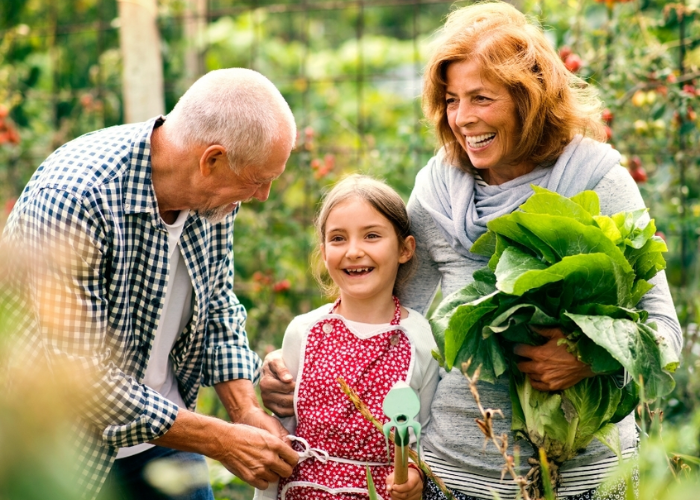The Ultimate Guide to Sustainable Gardening: Creating an Eco-Friendly OasisIntroduction
Gardening is a popular hobby for people of all ages. It is a great way to get out in the fresh air and enjoy nature while nurturing a green thumb. But gardening can also have a negative impact on the environment if done incorrectly. Sustainable gardening is a way to practice your passion for gardening while being mindful of its environmental impact. Sustainable gardening techniques are designed to promote soil health, conserve water, and protect wildlife. In this article, we will discuss the basics of sustainable gardening, how to source sustainable supplies for your garden, effective strategies for water conservation, the benefits of planting locally, and natural methods of pest control and disease prevention.
Defining Sustainable Gardening
Sustainable gardening is a way of gardening that seeks to minimize the environmental impact of garden practices. This includes creating a healthy environment with nutrient-rich soil, conserving water, protecting wildlife, and reducing the use of chemical fertilizers and pesticides. Sustainable gardening also helps to reduce waste, conserve resources, and promote biodiversity.
Sourcing Sustainable Supplies for Your Garden
When sourcing supplies for your garden, look for products that are sustainable and made from natural materials. This includes organic fertilizers, compost, mulch, and other organic gardening products. Look for products that are labeled as sustainable, such as those certified by the Sustainable Agriculture Network. Additionally, try to source supplies from local producers and avoid buying products that come from far away.
Effective Strategies for Water Conservation
Water conservation is a key aspect of sustainable gardening. This includes using techniques that reduce water waste and conserve resources. Rainwater tanks can be used to collect water for your garden, and mulch can be used to reduce evaporation and retain moisture in the soil. Additionally, think about planting drought-tolerant plants that require less water and using efficient irrigation practices such as drip irrigation.
Native Plants and the Benefits of Planting Locally
Native plants are those that are naturally found and adapted to the local environment. Planting native plants in your garden has many benefits, including providing food and shelter for native wildlife, reducing the need for fertilizers and pesticides, and providing natural pollinators such as bees and butterflies. Additionally, native plants are more resistant to drought and disease and require less maintenance.
Natural Methods of Pest Control and Disease Prevention
Pest control and disease prevention are important aspects of sustainable gardening. To reduce the need for chemical pesticides, try using natural methods such as introducing natural predators, planting pest-resistant plants, and using companion planting. Additionally, keep your garden healthy by cleaning up debris, controlling weeds, and avoiding overcrowding.
Composting
Composting is also an important part of sustainable gardening. Composting is a way of recycling organic materials such as leaves, grass clippings, and kitchen scraps into nutrient-rich soil. Composting helps to reduce waste, improve soil structure, conserve water, and reduce the need for chemical fertilizers.
Recycling
Recycling is another way to practice sustainable gardening. Look for ways to recycle materials such as plastic containers, old garden tools, and other items that can be reused or repurposed. Additionally, look for ways to repurpose garden waste such as leaves and grass clippings into compost or mulch.
Conclusion
Sustainable gardening is a great way to practice your passion for gardening while being mindful of its environmental impact. By using sustainable gardening techniques such as sourcing sustainable supplies, conserving water, planting native plants, using natural methods of pest control and disease prevention, composting, and recycling, you can help to create a healthier and more sustainable environment.














Post Comment